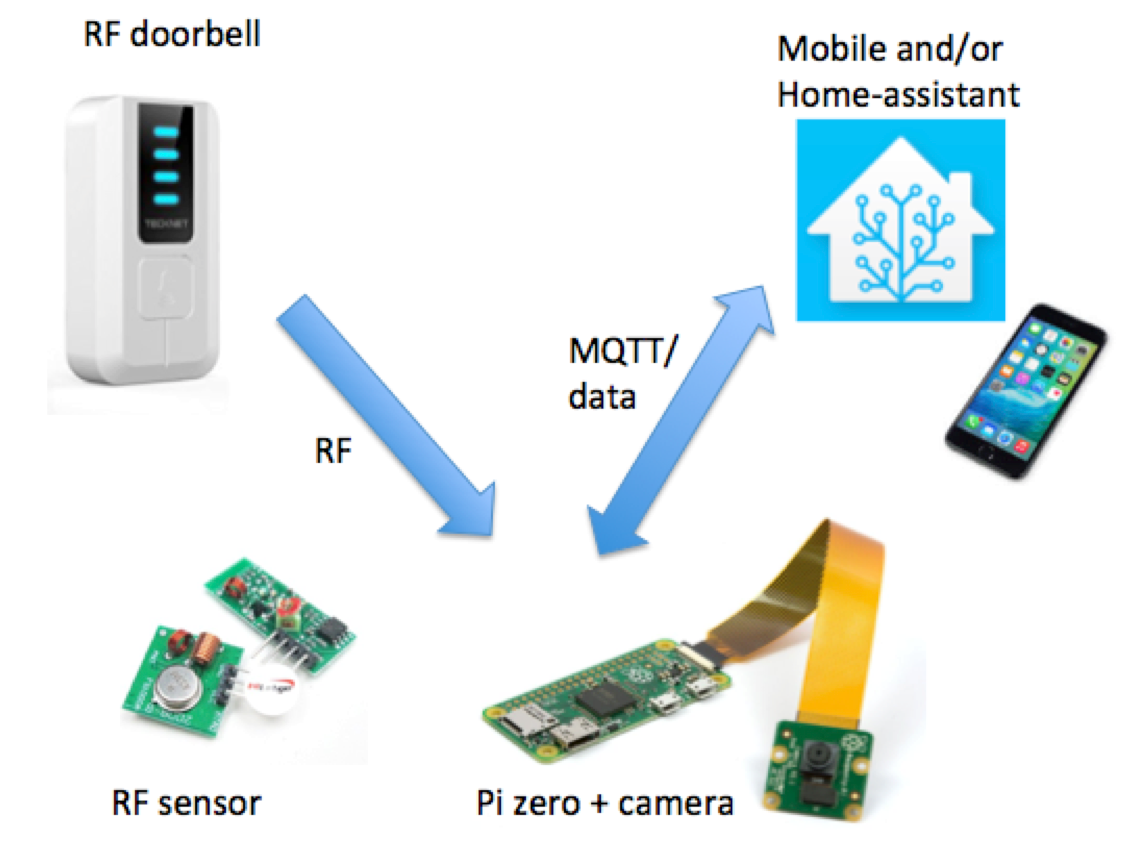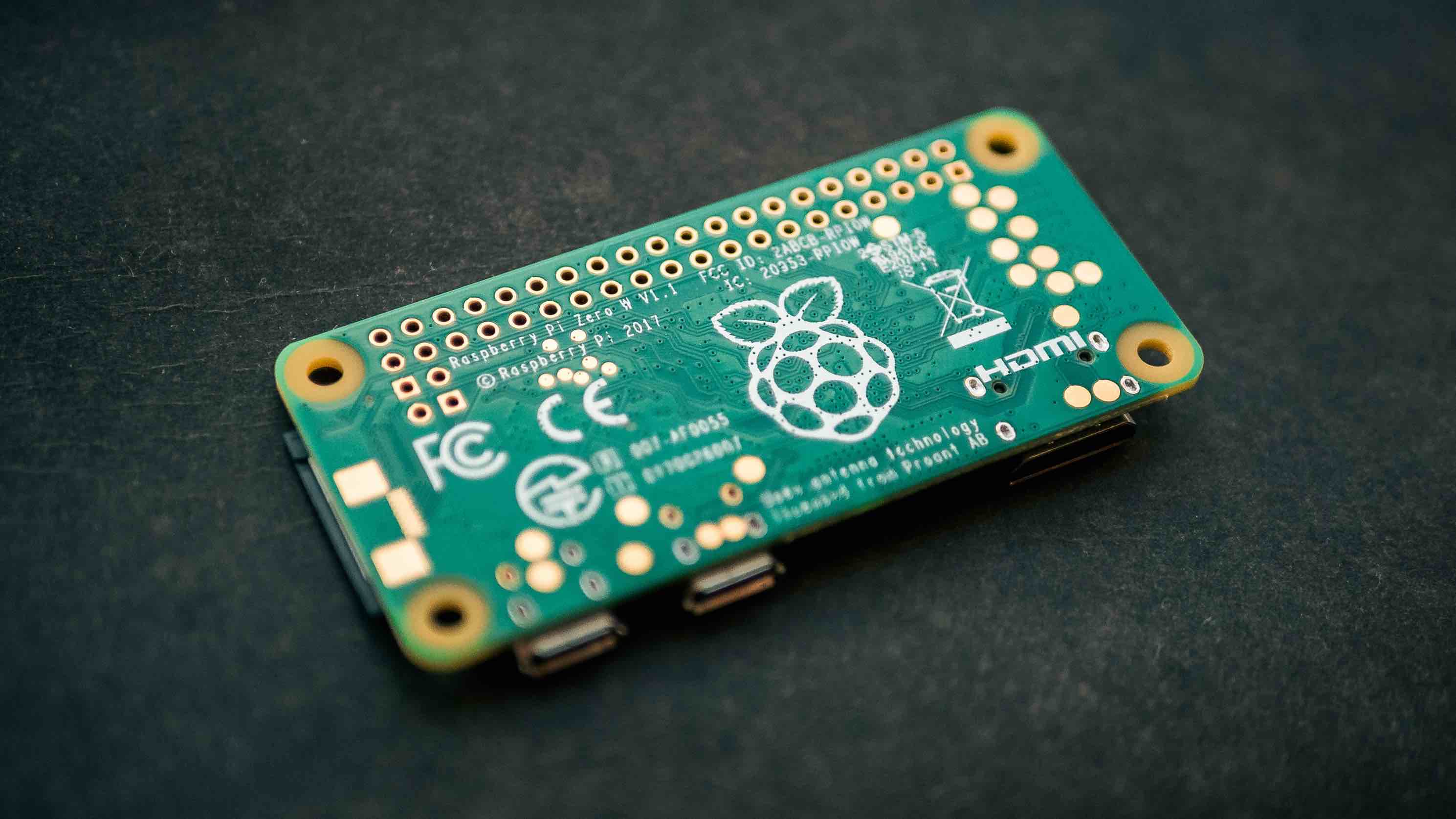

Depending on your setup, you may have to actually type in your address, which can be found on the admin page of your router, or via an IP scanner program. This can take 20 minutes or so, and after a bit of waiting, you can access your new setup in a browser at. Turn the Pi on with the image loaded, and (if properly connected) it will download the latest version of HA.

Home Assistant’s install instructions note some difficulty with this on Linux, so I’d guess it’s a similar issue.

I actually had trouble accessing the bootable partition on a Mac, so simply used Ethernet for the connection in that instance. That being said, if you can plug it in to your network via Ethernet cable, all the better, and after testing its usage both ways, it seems to make a bit of a difference latency-wise. As with setting up a “normal” headless Pi, I’d recommend saving the configuration file somewhere you can find it, potentially saving you a bit of fiddling later. It’s the same process as setting up Raspberry Pi OS, and you can also put in WiFi info as a text file as outlined here. I actually had a bit of trouble with a Pi 3, so anecdotally, it might be best to go for a Pi 4 here.ĭownload the appropriate image, and flash it using balenaEtcher. Only the Pi 3B and up is recommended, so if you have a Pi 1, Pi 2, or Zero lying around, you may want to upgrade that hardware. Note that there are several non-Pi options, and you can even install it as a virtual machine if that works better for you. Install Home Assistant on your Piįirst you’ll need to actually install HA, which is covered in some detail on this installation page. In this part 3 we’ll put everything together with Home Assistant (HA), my chosen Raspberry Pi home automation platform. Setting up and running your own Raspberry Pi home automation system is both fun and useful, and lets you have control of your devices without depending on “the cloud.” I did a quick overview of my home automation setup here, as well as how to prepare devices for integration with Tasmota in a Part 2 followup.


 0 kommentar(er)
0 kommentar(er)
